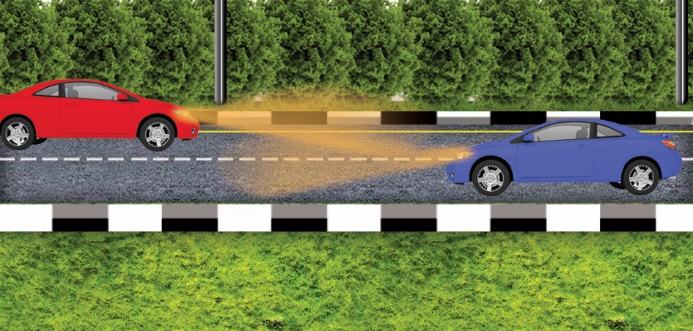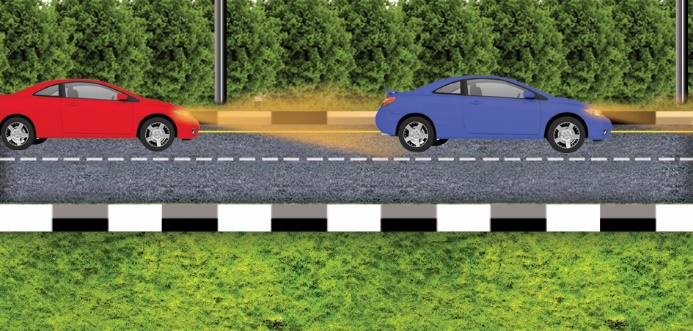Status:
Current version
as at 05 May 2025
as at 05 May 2025
Please check the legislation timeline to ensure that you are viewing the correct legislation version. See also FAQ B3.
Highway Code
Versions
or
find current version as at
Part I All Road Users
Search within Legislation
|
91. Do not park (which means to bring a motor vehicle to a stationary position and cause it to wait for any purpose) or let your vehicle stand —
|
| 92. Before opening the door of a vehicle make sure that it will not endanger or inconvenience anybody on the road or footpath. Get out on the side nearest to the kerb whenever it is possible. |
| 93. When you have to stop, pull in as close as possible to the edge of the road. This applies especially to drivers of buses when setting down or picking up passengers. |
| 94. Do remember that you are not allowed to leave any broken-down or wrecked vehicle on any public road. If your vehicle breaks down on the road, push it into a break down bay if there is one, otherwise push it as close to the side of the road as possible and arrange for it to be towed away immediately so as not to cause obstruction to the free flow of traffic. |
| Lights |
| 95. You must drive with your headlights on at night (between 7.00 p.m. and 7.00 a.m. the following day). [S 3173/2019 wef 01/12/2019] |
| 96. Use dipped headlights at night in built-up areas where the street lighting is poor, or during rainy weather. |
97. On unlit or dimly lit roads always use your headlights. When meeting other vehicles and cyclists, dip your headlights. If you are dazzled by the lights of another vehicle, slow down and stop if necessary.
[S 3173/2019 wef 01/12/2019] |
98. When driving behind another vehicle, dip your headlights.
[S 3173/2019 wef 01/12/2019] |
| 99. In daytime whenever visibility is poor or if it is raining switch on your lights. This will enable other road users to see you. |
| 100. It is advisable when parking in unlit or poorly lit roads at night to leave your side or parking lights on. |
Singapore Statutes Online
© 2025 Attorney-General's Chambers of Singapore,
Last updated 5 May 2025
Singapore Statutes Online is provided by the Legislation Division of the Attorney-General's Chambers of Singapore.
Last updated 5 May 2025
Singapore Statutes Online is provided by the Legislation Division of the Attorney-General's Chambers of Singapore.


